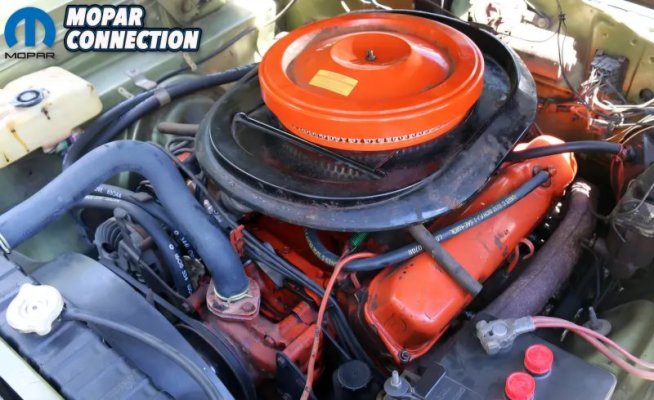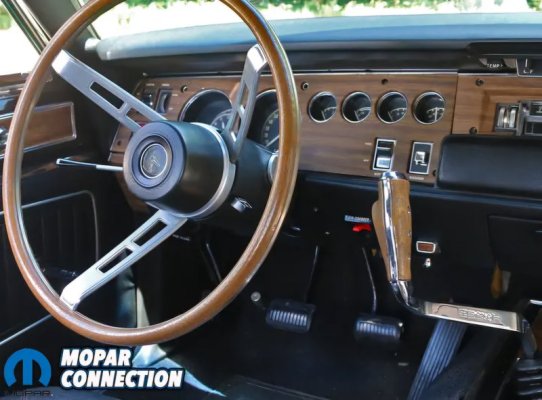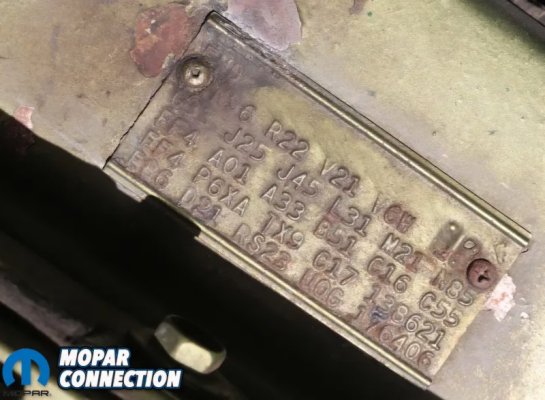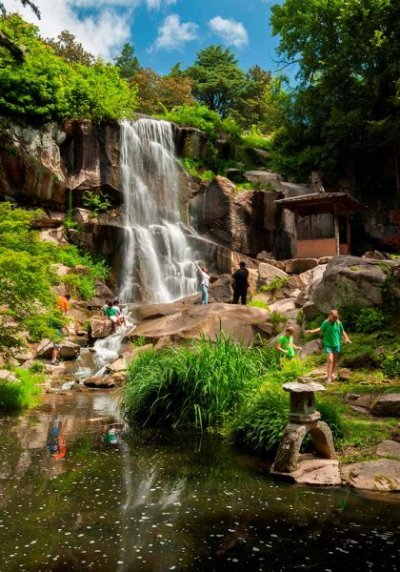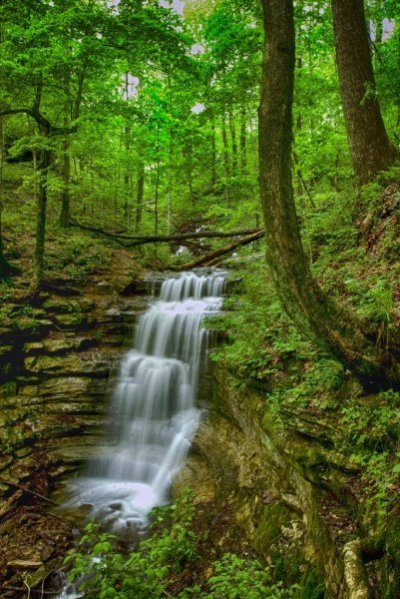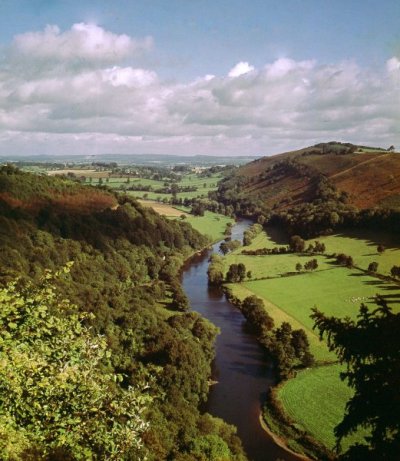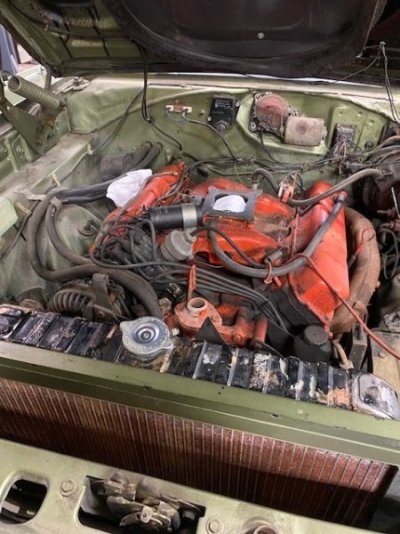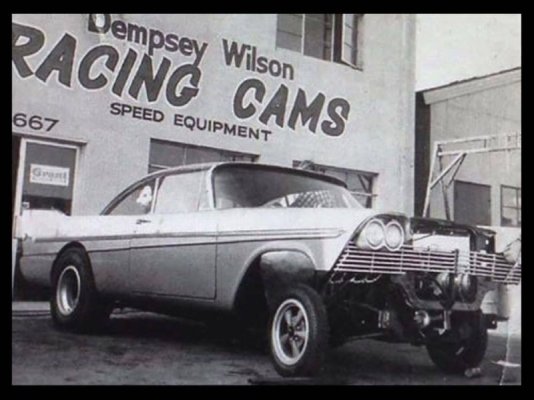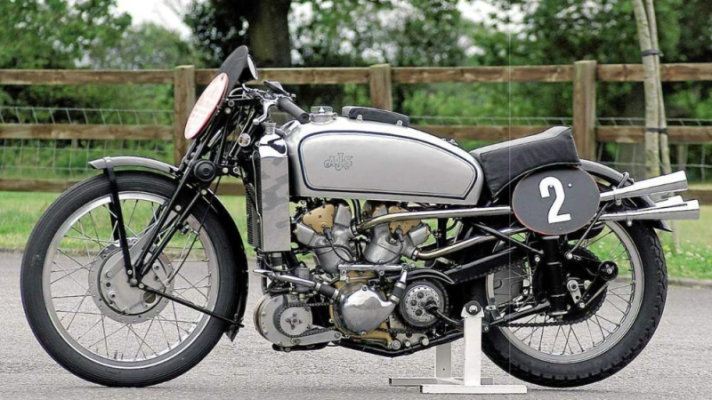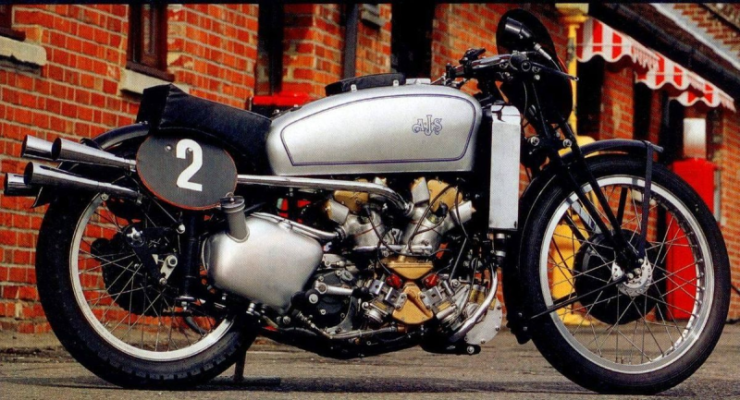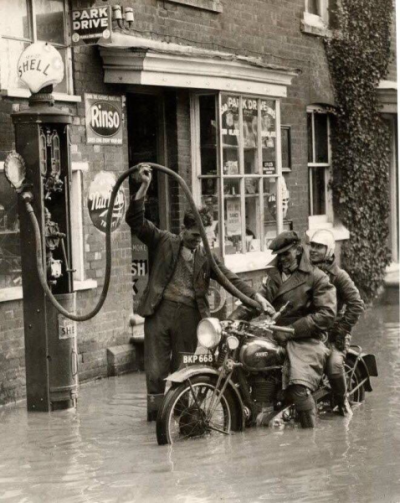You are using an out of date browser. It may not display this or other websites correctly.
You should upgrade or use an alternative browser.
You should upgrade or use an alternative browser.
Random picture thread
- Thread starter HEMI-ITIS
- Start date
- Local time
- 7:43 AM
- Joined
- May 27, 2015
- Messages
- 8,175
- Reaction score
- 33,988
- Location
- Gaston South Carolina
I need that.
- Local time
- 7:43 AM
- Joined
- Jan 29, 2018
- Messages
- 23,879
- Reaction score
- 88,687
- Location
- Midland Ontario, Canada
- Local time
- 4:43 AM
- Joined
- Mar 14, 2012
- Messages
- 20,636
- Reaction score
- 46,595
- Location
- Surrey, B.C. Canada
Those crafty Romans Part 2 (part one was here https://www.forbbodiesonly.com/mopa...picture-thread.14619/page-2907#post-912514994)
Off the coast of Italy, by the Tiber River, lays a strange lake. Strange in that it is fairly symmetrical and six sided.
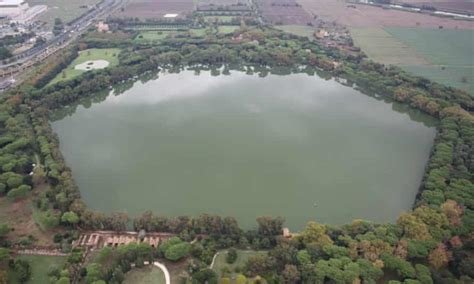
Although today this is about two miles from the sea shore, it was actually very important historically to the city of Rome.
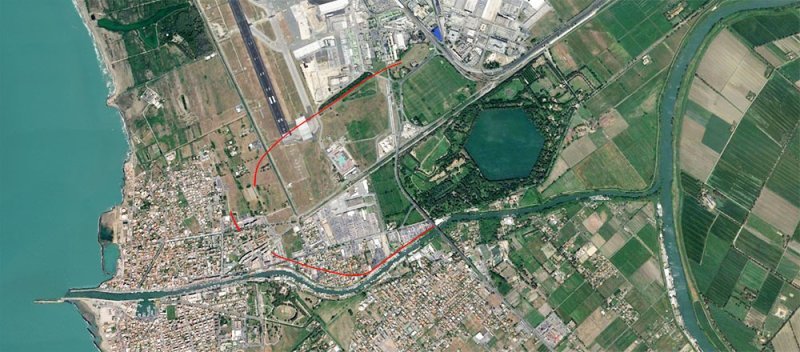
What it is, is the remains of a sea port. Construction was started by the Emperor Claudius, around 52 AD. It was an important, probably the absolute most important engineering feat constructed during the Roman empire for a simple reason - shipping was needed for Rome, but the city of Rome was twenty miles from the sea. And the reason that shipping was so important was food; with over a million inhabitants, Rome needed a lot of things brought in, including 650,000,000 pounds of wheat alone every year. As the city and empire expanded, travel over land was increasingly expensive and unreliable. So, by digging out a port by hand, the sea port "Portus" was constructed, taking twenty years and officially opened by Nero. And over the years, it was greatly expanded.
This drawing from the 1500s in the Vatican Palace shows what it was thought to look like:
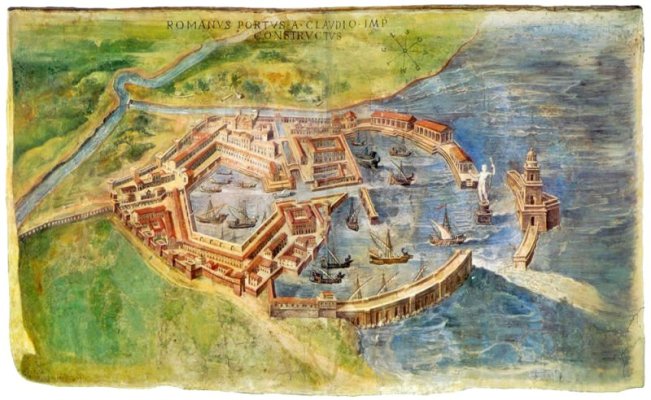
In reality, it was far larger. Those six sides of the lake were 1,200 feet long, providing plenty of space for mooring 200 ships and exchanging cargo.
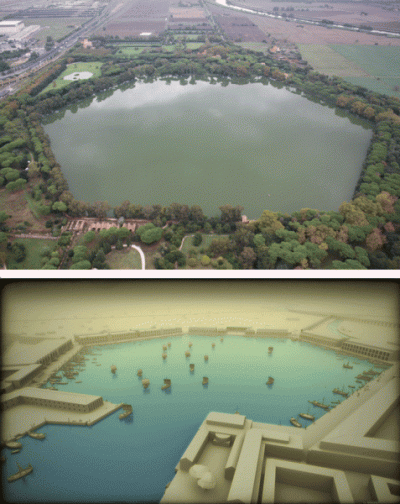

The whole port was like a small city in itself, serving several thousand ships per year, and taking thousands of workers, craftsmen, office clerks and overseers to run it. Huge 5 story warehouses and granaries were constructed, and entertainment, temples, shops and the like were available.
There were even shipyards and drydocks, 780 X 200 foot buildings that reached 60 feet high.

For centuries this port kept Rome alive, this Imperial Palace was used by administrators and government officials. This three story building covered 7 1/2 acres by itself.
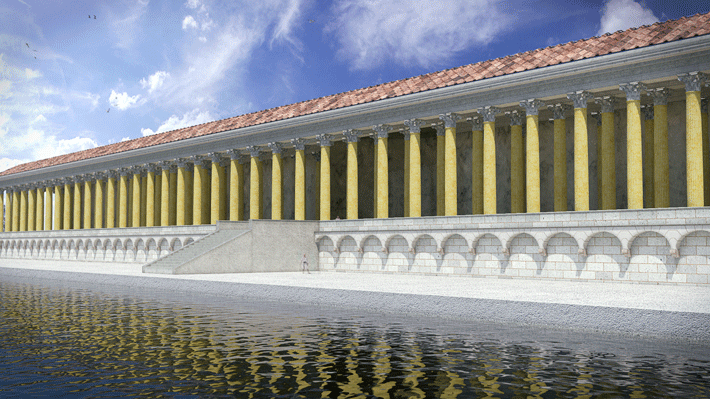
Compare this next with the top picture and you can see how much the area has filled with silt and the coastline has moved. This recreation shows the outer basin which could anchor 300 ships waiting to use the inner dock area. A lighthouse stands in the center of the entrance.

In the 2nd century, Aelius Aristides, a Greek orator, wrote about the port: “Here is brought from every land and sea, all the crops of the seasons and the produce of each land. The arrivals and departures of the ships never stop, so that one would express admiration not only for the harbor, but even for the sea. Everything comes here, all that is produced and grown … whatever one does not see here, it is not a thing which has existed or exists.”
After the fall of the Roman Empire, the port was still used, but without the power of the empire to maintain it, it silted up and eventually fell into disuse, both because of the lack of depth, and because there was less need for it with the Roman Empire no longer requiring it; even before the fall, the Roman Capital was moved to Constantinople in the year 330.
Off the coast of Italy, by the Tiber River, lays a strange lake. Strange in that it is fairly symmetrical and six sided.

Although today this is about two miles from the sea shore, it was actually very important historically to the city of Rome.

What it is, is the remains of a sea port. Construction was started by the Emperor Claudius, around 52 AD. It was an important, probably the absolute most important engineering feat constructed during the Roman empire for a simple reason - shipping was needed for Rome, but the city of Rome was twenty miles from the sea. And the reason that shipping was so important was food; with over a million inhabitants, Rome needed a lot of things brought in, including 650,000,000 pounds of wheat alone every year. As the city and empire expanded, travel over land was increasingly expensive and unreliable. So, by digging out a port by hand, the sea port "Portus" was constructed, taking twenty years and officially opened by Nero. And over the years, it was greatly expanded.
This drawing from the 1500s in the Vatican Palace shows what it was thought to look like:

In reality, it was far larger. Those six sides of the lake were 1,200 feet long, providing plenty of space for mooring 200 ships and exchanging cargo.


The whole port was like a small city in itself, serving several thousand ships per year, and taking thousands of workers, craftsmen, office clerks and overseers to run it. Huge 5 story warehouses and granaries were constructed, and entertainment, temples, shops and the like were available.
There were even shipyards and drydocks, 780 X 200 foot buildings that reached 60 feet high.

For centuries this port kept Rome alive, this Imperial Palace was used by administrators and government officials. This three story building covered 7 1/2 acres by itself.

Compare this next with the top picture and you can see how much the area has filled with silt and the coastline has moved. This recreation shows the outer basin which could anchor 300 ships waiting to use the inner dock area. A lighthouse stands in the center of the entrance.

In the 2nd century, Aelius Aristides, a Greek orator, wrote about the port: “Here is brought from every land and sea, all the crops of the seasons and the produce of each land. The arrivals and departures of the ships never stop, so that one would express admiration not only for the harbor, but even for the sea. Everything comes here, all that is produced and grown … whatever one does not see here, it is not a thing which has existed or exists.”
After the fall of the Roman Empire, the port was still used, but without the power of the empire to maintain it, it silted up and eventually fell into disuse, both because of the lack of depth, and because there was less need for it with the Roman Empire no longer requiring it; even before the fall, the Roman Capital was moved to Constantinople in the year 330.
Compare this next with the top picture and you can see how much the area has filled with silt and the coastline has moved.
If only they had taxed the citizens more, they could have prevented all that climate change from happening.
Similar threads
- Replies
- 135
- Views
- 5K
- Replies
- 12
- Views
- 466
- Replies
- 1
- Views
- 567






